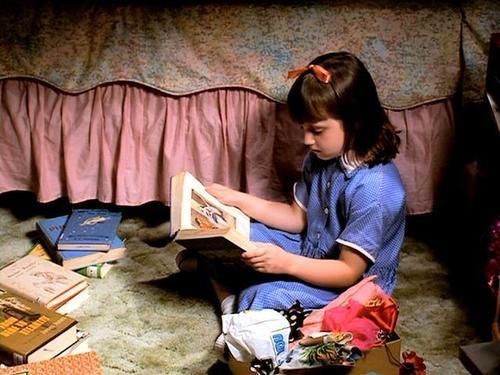Physical Books Increase Kids’ Reading Performance — But at What Cost?

I wanted to follow up the “are Scholastic book orders worth it” story with a New York Times article advocating that owning physical books — even those “cheap” trade paperbacks — gives kids an academic boost:
Perhaps the strongest case for a household full of print books came from a 2014 study published in the sociology journal Social Forces. Researchers measured the impact of the size of home libraries on the reading level of 15-year-old students across 42 nations, controlling for wealth, parents’ education and occupations, gender and the country’s gross national product.
After G.N.P., the quantity of books in one’s home was the most important predictor of reading performance. The greatest effect was seen in libraries of about 100 books, which resulted in approximately 1.5 extra years of grade-level reading performance. (Diminishing returns kick in at about 500 books, which is the equivalent of about 2.2 extra years of education.)
Libraries matter even more than money; in the United States, with the size of libraries being equal, students coming from the top 10 percent of wealthiest families performed at just one extra grade level over students from the poorest 10 percent.
The problem, as the NYT notes, is that many people are transitioning from physical books to digital ones — which means their kids lose the benefits of being in a home where they might spend a bored afternoon sifting through the books on their parents’ bookshelf, peeking into challenging texts and learning as they go. Even if kids aren’t the type who will read everything in the house, having books visible invites children to engage with titles, authors, taglines, back cover copy, and other written material that literally expands their minds.
Let’s figure out how much that might cost, though. If we’re assuming you want to go all the way to the point of diminishing returns and collect 500 print volumes, and — for the sake of a contemporary, literate household — you want to include new books along with the old classics that you can pick up for pennies on resale sites, you can expect to pay around $15 for newly released books and somewhere between $1 and $10 for older ones, depending on whether you get them from yard sales or library sales or bookstores.
This is an extreme guesstimate, but as a thought experiment let’s say you start your household with 100 books you already own and then buy 100 books at $1 each (so thrifty!), 100 books at $5 each, 100 at $10, and 100 at $15. It would cost you $3,100 to build your 500-book library. You might be able to get that cost down to $2,000 with some strategic shopping (and, of course, collecting free books from the numerous available sources) but you’re still going to be putting in a significant chunk of cash.
Is that worth it? It probably depends on whether you are in the top 10 percent of wealthiest families or in the bottom 10 percent. But it’s interesting that so many of us view books as a discretionary and unnecessary expense — after all, there are so many ways to read books for free, either by downloading public domain titles to an e-reader or checking books out from the library — and it might be time to put books back into the “needs” column.
What do you think? Is it important to invest in a well-stocked library? Also — how many physical books do you currently own? I only own 80, which surprised me.
Support The Billfold
The Billfold continues to exist thanks to support from our readers. Help us continue to do our work by making a monthly pledge on Patreon or a one-time-only contribution through PayPal.
Comments